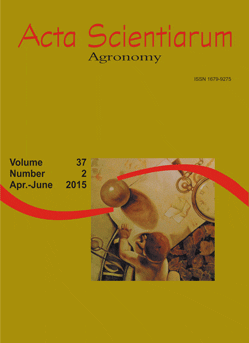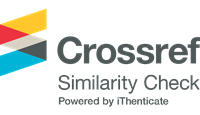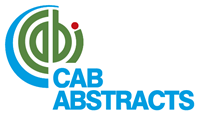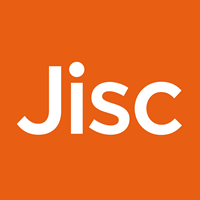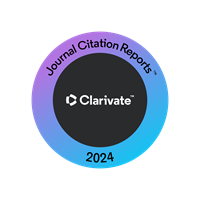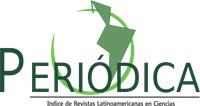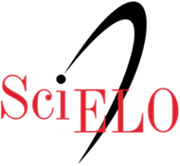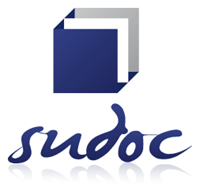<b>Effects of high proline accumulation on chloroplast and mitochondrial ultrastructure and on osmotic adjustment in tobacco plants
Abstract
Proline accumulates in many organisms in response to abiotic stresses, such as drought and salinity. Reports have discussed the role of proline in relation to osmotic adjustment, even though no clear-cut evidence has yet been provided demonstrating this association as a defense mechanism against drought stress in plants. However, it has been indicated that the application of exogenous proline can damage the ultrastructure of chloroplasts and mitochondria. In this study, using transgenic tobacco plants carrying a mutant p5cs gene from Vigna aconitifolia under control of the CaMV 35S promoter, we show that the high levels of endogenous proline accumulated in leaves does not contribute to the osmotic adjustment in plants under water deficit conditions. Additionally, electron microscopic observations of mitochondria and chloroplasts show that the ultrastructure of these organelles was not damaged even in the transgenic plants, with the leaves presenting the highest endogenous proline content in (100 µmol g-1 dry mass). This investigation demonstrates that in tobacco, high levels of endogenous free proline are not associated with osmotic adjustment and that elevated proline content in leaves, even at levels 10 times higher than normal, do not disturb the chloroplast and mitochondria ultrastructure under both irrigated and water deficit conditions.
Downloads
DECLARATION OF ORIGINALITY AND COPYRIGHTS
I Declare that current article is original and has not been submitted for publication, in part or in whole, to any other national or international journal.
The copyrights belong exclusively to the authors. Published content is licensed under Creative Commons Attribution 4.0 (CC BY 4.0) guidelines, which allows sharing (copy and distribution of the material in any medium or format) and adaptation (remix, transform, and build upon the material) for any purpose, even commercially, under the terms of attribution.





